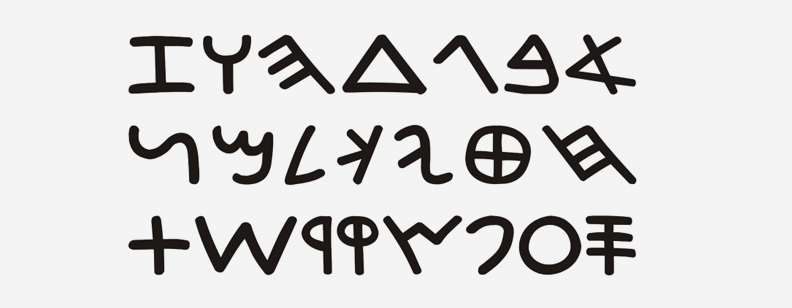Nowadays, everyone take everything for granted, we use all at our disposal without thinking a little about how these actually came into existence. Sometimes it is necessary to look into history and origins of how and where things come from. One of such things has to do directly with language, the way we connect and the tools we use to send our messages across.
This one thing is the alphabet. Not many of us take invest to figure out about the symbols we use to connect through writing, but in reality the alphabets didn’t just appear out of thin air. Our lineages, before history, developed writing systems founded on different symbols for different sounds, and over the period of centuries and years, the usual symbols established into classifications, which in turn developed into alphabets we are familiar with today. The most common alphabets are Greek and Latin. The Greek alphabet itself originates from the Phoenician alphabet, while the Latin alphabet epochs back to the Etruscan. Let’s dig a little into Greek alphabet today.
As pointed out earlier, this alphabet came around completely through the variation of the Phoenician alphabet. Even today it is still in use, even though the Modern Greek alphabet has been organized and is consistent. During 1200 B.C. the Phoenician alphabet was used as a consonantal alphabet, even though some vowels instigated to be signified a few centuries after the rise of the alphabet itself through matres lectionis. Around the 8th century, according to the philological studies the Phoenician alphabet was implemented for Greek as shown through Phoenician inscriptions from these times.
After that, history turned over a new leaf on these writing systems and the Greeks additionally standardized their alphabet in order to shape it into something more or less alike to the one we’re familiar with today. This was basically done to remove “useless” letters.
Alphabet history is one complex subject. It is a long and arduous process. Although today’s alphabets aren’t too simple either, as one can tell by taking a sight into the world of Cyrillic. It’s cool to understand that not everything is as simple as it looks and the 26 letters at our disposal today are used in many languages for written messages. A part of huge and significant history straight away linked to our aptitudes to procedure ideas and deliver them across.



